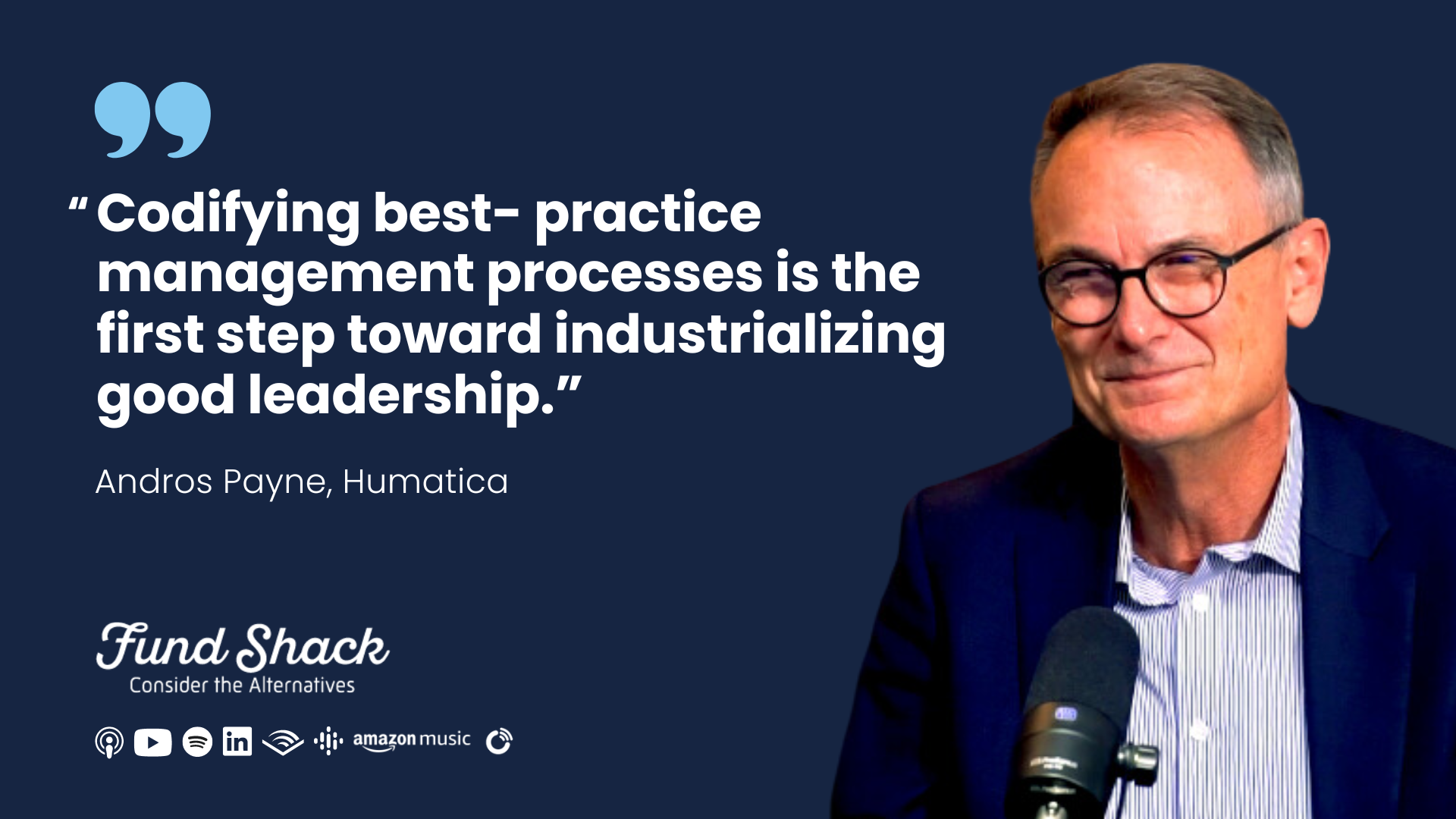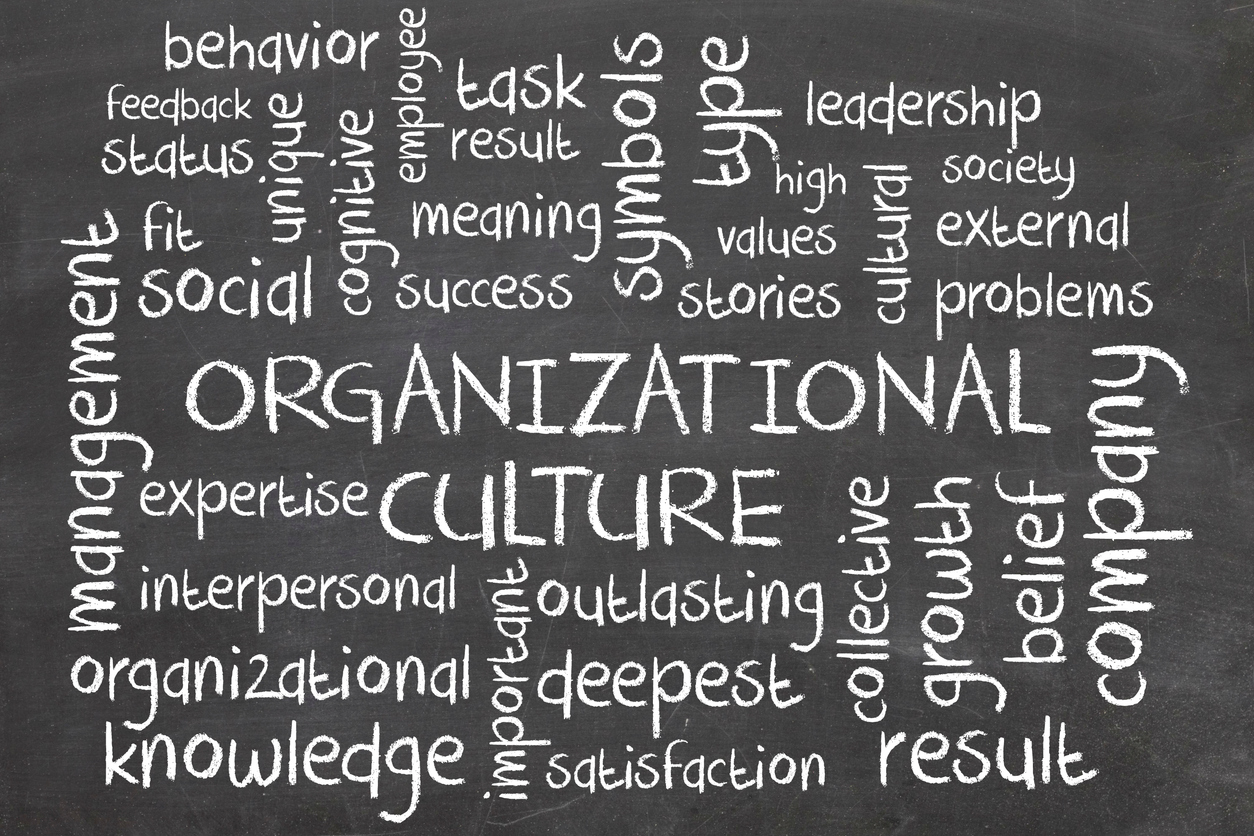
In a rare moment of frustration, mid-market investment manager Jan complained, “we agreed a full-potential plan with management. But now, a year in, implementation is delayed and we don’t understand why”. It’s a common story. But, as an investment manager, how do you diagnose the root cause? Do you really understand how the portfolio company is being managed? Management decision-making processes and rhythms aren’t codified. They are driven by the institutional knowledge of managers and employees based on their past experience. The information used for decision-making, and how it is utilized to initiate action, vary greatly between companies based on their past legacies and development. And, of all the aspects that define culture, management processes most directly drive a portfolio company’s ability to implement the full potential plan.
Investors implicitly assume that a leadership team who made it through a rigorous due diligence process understands what’s needed to implement a new full potential plan. This is increasingly a flawed assumption. Given today’s high multiples and ambitious value creation plans, leadership processes that were adequate in the past are more likely than not inadequate for the future: “What got you there won’t get you there”.
International expansion, accelerated revenue growth, faster innovation all have implications for management processes. Digitalization, AI and systems are also automating the access to information, and even pattern-recognition and decision-making that was done by managers. Technology is changing what best-practice leadership and decision-making processes look like.
But, if leadership processes are tribal knowledge and not codified, how can an investment team and senior management know if the portfolio company’s processes are adequate to master the implementation of a new value growth plan?
Thankfully, a systematic audit of management process quality based on a maturity model can be used to identify where leadership processes need an upgrade. Codified best-practice leadership processes in key functions and for different industries and firm sizes, enables identification of potential bottlenecks.
Improving management processes used to mean hiring a manager from a company with the required institutional knowledge. However, this is fraught with risk as the right management processes are context dependent. Just because a leader proved him/herself at P&G does not mean that he/she knows what’s needed for a mid-market buy-out.
Management process maturity models are helpful in these cases because they codify what best practice looks like in a specific context and how it should be implemented in practice. Thus, saving the delay, additional cost and risk of replacing a manager.
This article was originally published as the Humatica Corner in Real Deals magazine.

The fund landscape is changing faster than ever before, creating winners and losers in an increasingly competitive private equity ecosystem. Higher real interest rates are…
Read more
In the third episode of our Beyond Culture Series, we talk about industrializing best practice management processes. Link to Video 1:07 Register here to join our live…
Read more
There’s increasing focus on “culture” as an elusive driver of value growth. Creating a “high performance culture” has become the mantra for transforming buy-outs to…
Read more